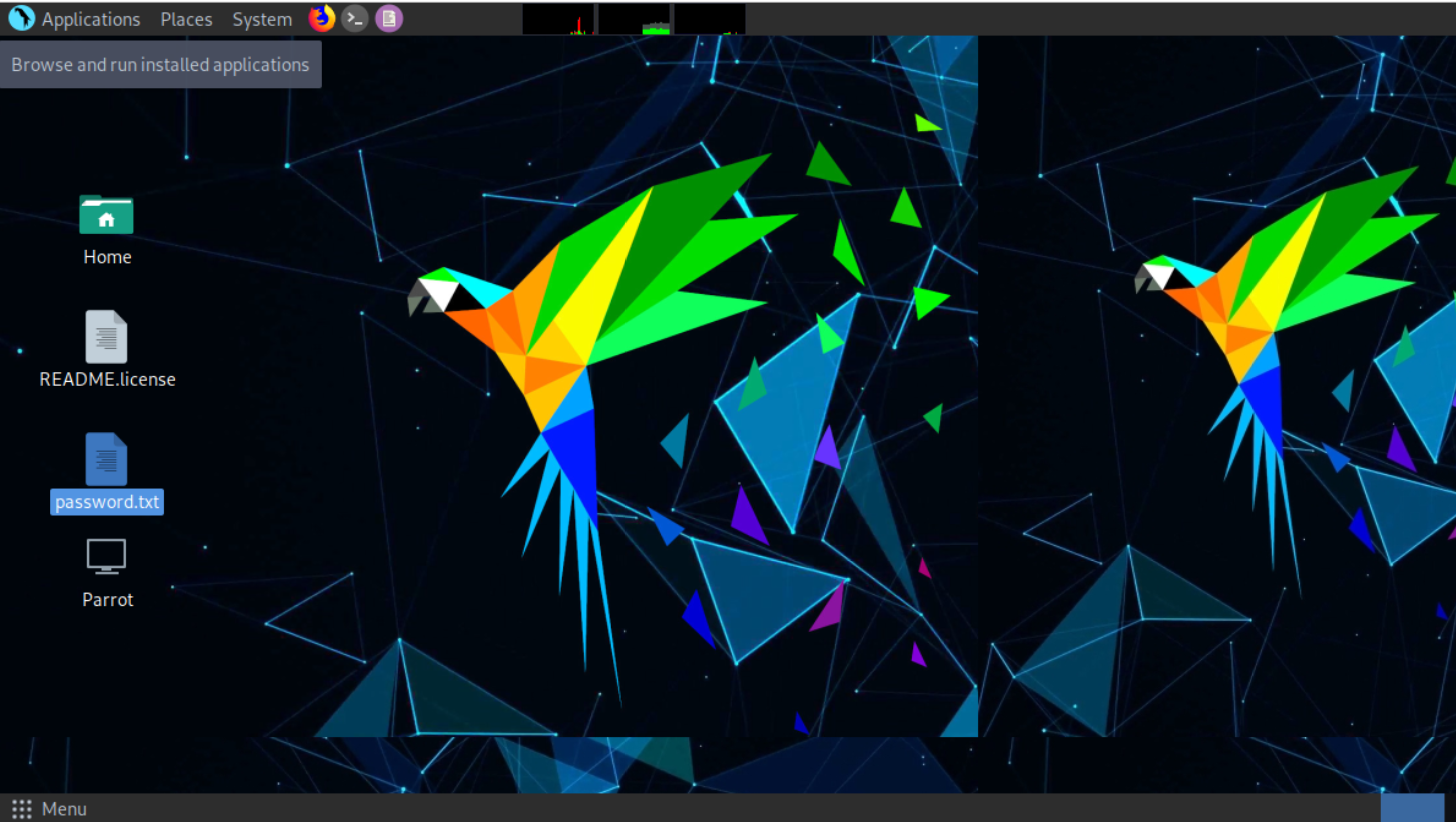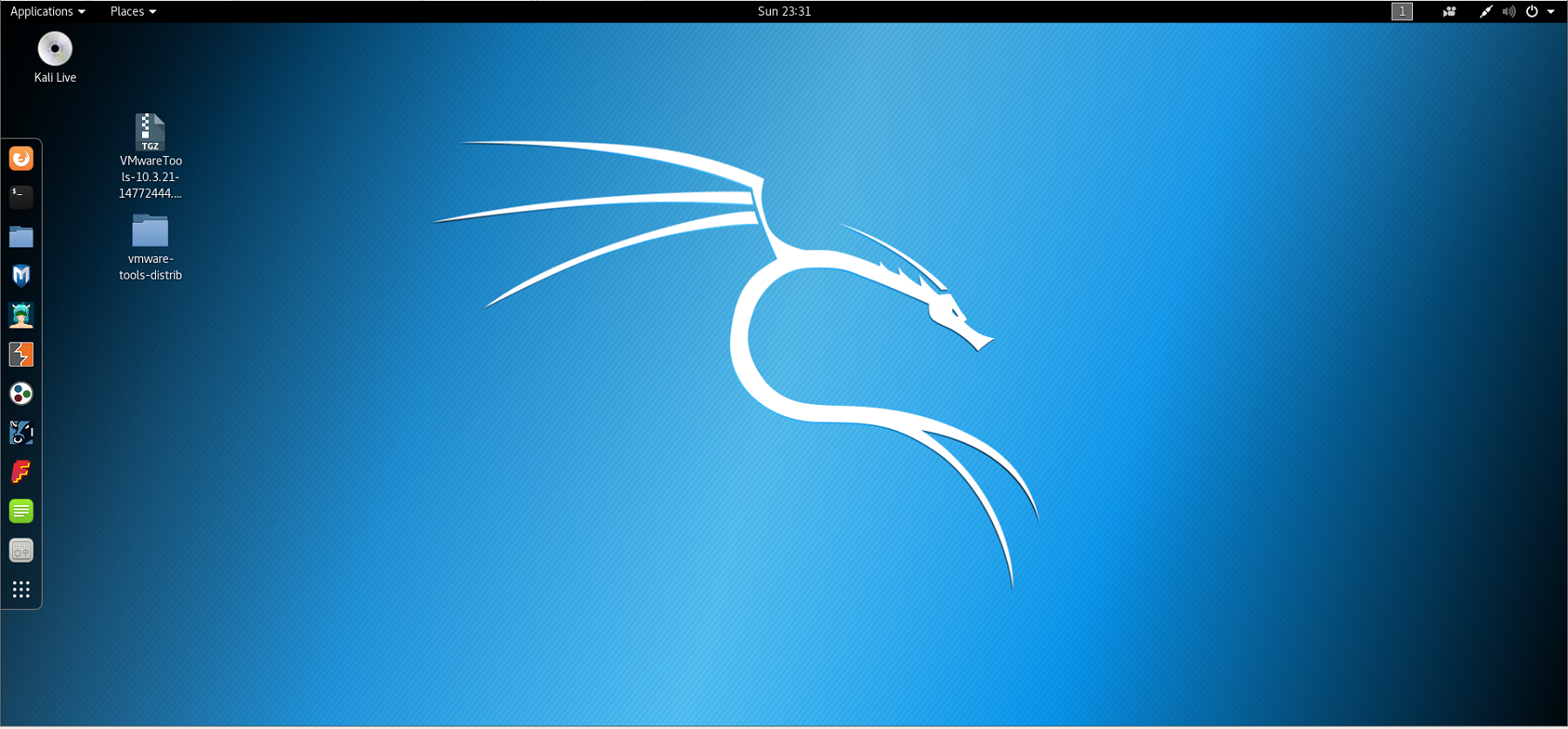Kali Linux vs. Parrot OS: Which is best for your Penetration Testing career?
Linux is a renowned free and open source project worldwide. Its distributions are well-reputed among consumers all across the globe. Cybersecurity professionals use security-oriented distributions of Linux to perform penetration testing, vulnerability assessment, and forensic analysis. Kali Linux and Parrot OS are the two most popular OS specially developed for security professionals.

This article highlights the similarities, differences between the two distributions. It will assist you in finding out which is better for your penetration testing career.
Kali Linux

Kali Linux is an open-sourced Debian-based Linux distribution known as a swiss-knife of penetration testers and network analysts. It comes with pre-installed tools to perform information security-related tasks such as penetration testing, information gathering, reverse engineering, and digital forensics. Kali Linux works on the Debian standards and works on Linux kernel. Mati Aharoni and Deavons Kearns developed it to replace the Backtrack OS. Currently, it is being funded and overseen by offensive security.
Parrot OS :

Like Kali Linux, Parrot Security OS is also a free and open-sourced Debian-based Linux distribution to aid penetration testers, security researchers, and forensic investigators. It was launched in 2013 by a team of Linux experts led by Lorenza Faletra. Along with a wide range of security tools, it has got a list of various pre-installed security and anonymity tools such as Anonsurf, Tor, and Zulu crypt. In recent years, the parrot OS has been successful in drawing the attention of many security professionals. It provides more security than other Linux distributions as it comes with anonymity tools that can hide your identity over the internet.
Similarities between the Kali Linux and Parrot OS
Before citing the differences, Let’s look over a few similarities between the two operating systems:
- Parrot OS and Kali Linux are Debian development based
- Both the operating systems are designed to aid penetration testers
- They Support 32 bit and 64-bit architecture
- Both the operating systems come with pre-installed security tools
- They support embedded or IoT devices
Differences between the parrot OS and Kali Linux
We can differentiate between Kali Linux and Parrot OS based on the following parameters
- Hardware requirements
- Penetration Testing Tools
- Performance
- User interface
Hardware requirements of Kali Linux and Parrot OS
Before installing any of the Linux distributions, it is essential to check whether your system meets the hardware requirements.
Parrot is a lightweight OS and requires fewer hardware specifications as compared to Kali Linux. It runs efficiently on low powered or old systems as well. On the contrary, Kali Linux is a bit resource hungry and lags a bit on older systems. Due to the use of a Matte desktop environment, it takes less disc space for installation.
Following are the hardware requirements for both:
Hardware requirements of Parrot OS
- No Graphical Acceleration is Required
- RAM: 320MB minimum
- A minimum of 1GHZ dual-core CPU is required
- It can boot in both legacy and UEFI forms
- At least 16GB of disk space is required to install the operating system
Hardware requirements of Kali Linux
- Graphical Acceleration is Required
- 1GB RAM is required
- A minimum of 1GHZ dual-core CPU is required
- It can boot in both legacy and UEFI forms
- Minimum 20GB of hard disk space is needed to install the operating system
When it comes to using fewer hardware resources, parrot OS has the upper hand. But nowadays, laptops and desktops in the markets are powerful enough to bear the utmost load.
- Penetration testing tools
Both the distributions comprise a large number of pre-installed hacking tools. Parrot OS comes with additional tools that are absent in the Kali Linux. However, these tools can be later installed in the Kali Linux as well. Anonsurf and Wififisher are some of the popular tools that are pre-installed in the Parrot OS.
- Comparison of variations
Kali Linux comes with the following variations:
- Kali Lite Edition
- Kali Full Edition
- Kali armhf/armel (IoT devices)
- Kali Desktop Variation (e17/KDE/Xfce)
Parrot OS comes with the following variations:
- Parrot Sec OS Lite Edition
- Parrot Sec OS Full Edition
- Parrot Sec OS Air Edition
- Parrot Sec OS Studio Edition
- Performance
Speaking of performance, Kali Linux lags a bit on systems having low specifications. Sometimes it takes longer to respond when you are performing a task that takes up a larger share of memory. On the other hand, Parrot OS run smoother due to its lightweight nature.
- User interface

The interface of Parrot OS is developed using the Matte desktop environment. It provides details on CPU usage and temperature. Many users prefer parrot OS for its clean, colorful, and refined look.
Kali Linux interface is built on the Gnome desktop interface. It offers the same functionality as Parrot OS. One can customize it for a better look and graphics. Eventually, the choice of interface boils down to one’s personal taste and preferences.

Conclusion
Both the Linux distributions function similarly. Parrot OS may have slight advantages such as a better user interface, lightweight nature, and security. But in professional penetration testing, Kali Linux is mostly preferred by the penetration testers and clients as well. It is considered a de facto standard in the penetration testing and information security domain. Kali emphasizes more on the attack and can be customized to suit the requirement. Therefore, Penetration testers in real-time projects widely use Kali Linux. If you aspire to become a professional penetration tester, it is recommended to master Kali Linux distro.









 1800-843-7890 (India)
1800-843-7890 (India)